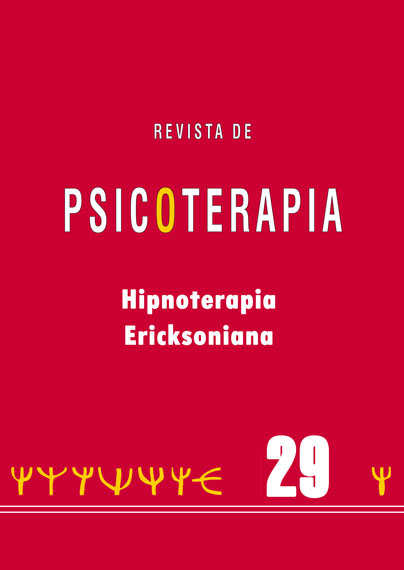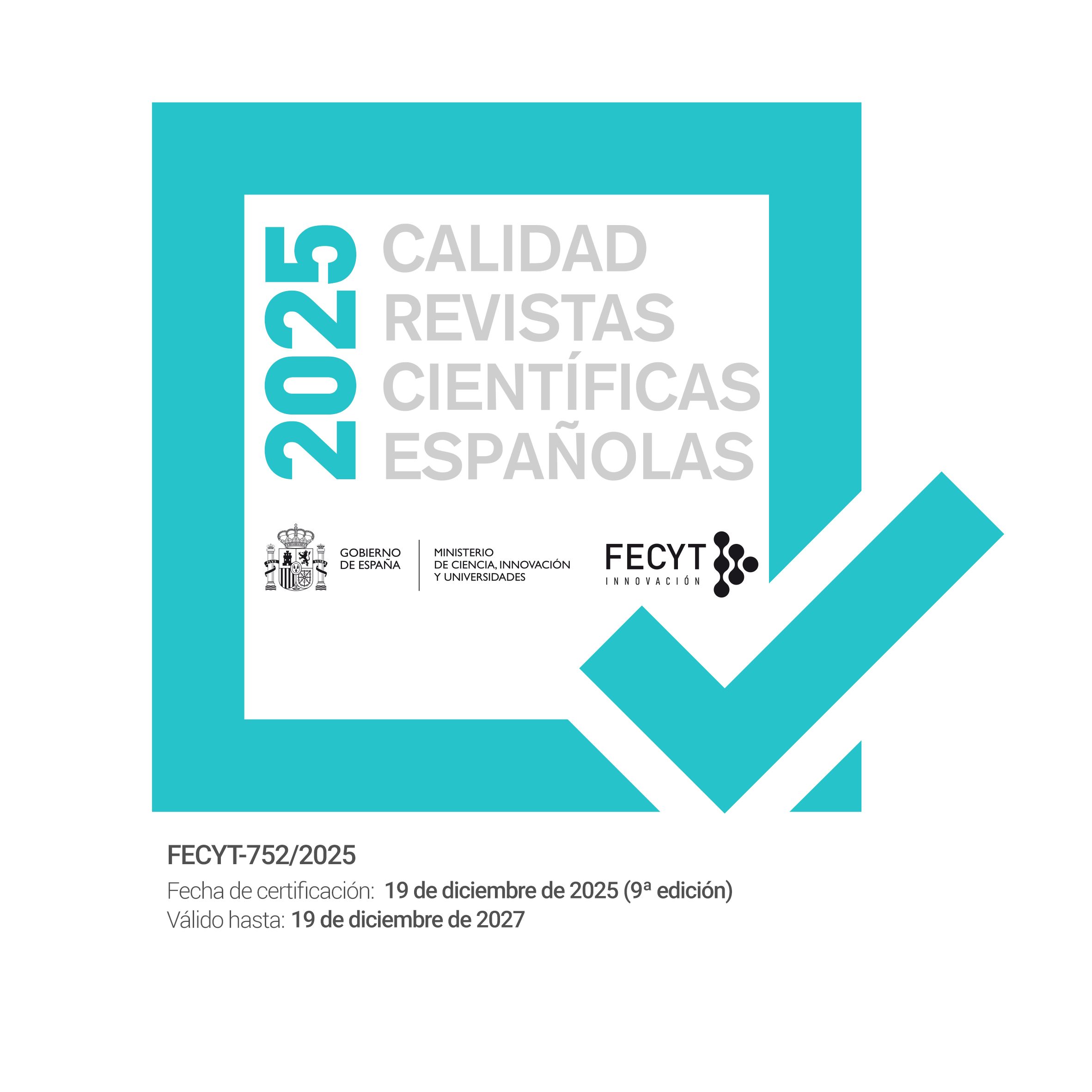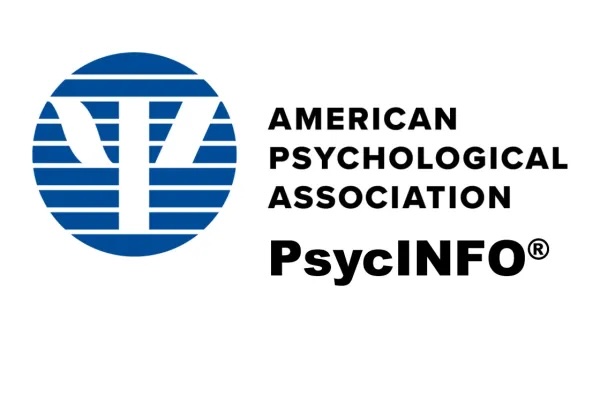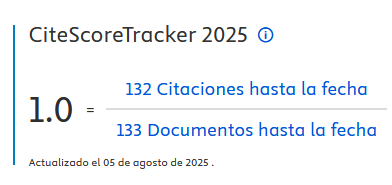Utilización de la paradoja en hipnosis y terapia familiar
DOI:
https://doi.org/10.33898/rdp.v8i29.1013Palabras clave:
hipnosis, Erickson, terapia familiar, paradoja, psicoterapiaResumen
El autor realiza un estudio sobre las intervenciones paradójicas dentro del marco de la terapia familiar y el modelo ericksoniano de psicoterapia. Se presenta una nueva perspectiva sobre el concepto de las resistencias en psicoterapia.
Descargas
Los datos de descargas todavía no están disponibles.
Descargas
Publicado
1997-03-01
Cómo citar
Loriedo, C. ., & Vella, G. (1997). Utilización de la paradoja en hipnosis y terapia familiar. Revista de Psicoterapia, 8(29), 83–92. https://doi.org/10.33898/rdp.v8i29.1013
Número
Sección
Artículo de monográfico
Licencia
Los autores/as que publiquen en esta revista aceptan las siguientes condiciones:
- Los autores/as conservan los derechos de autor y ceden a la revista el derecho de la primera publicación, con el trabajo registrado con la Creative Commons CC-BY-NC 4.0 Internacional, que permite a terceros citar el texto y usarlo sin alterarlo y sin beneficio económico, siempre que mencionen la autoría del trabajo y la primera publicación en esta revista.
- Los autores/as pueden realizar otros acuerdos contractuales independientes y adicionales para la distribución no exclusiva de la versión del artículo publicado en esta revista (p. ej., incluirlo en un repositorio institucional o publicarlo en un libro), siempre que indiquen claramente que el trabajo se publicó por primera vez en esta revista.
- Las opiniones expresadas en los trabajos son responsabilidad única de los/as autores/as, no reflejando en ningún caso las opiniones o políticas científicas de la revista.














